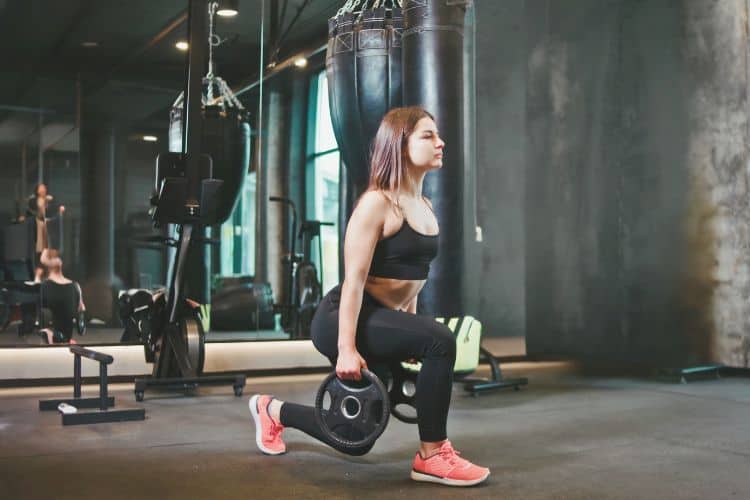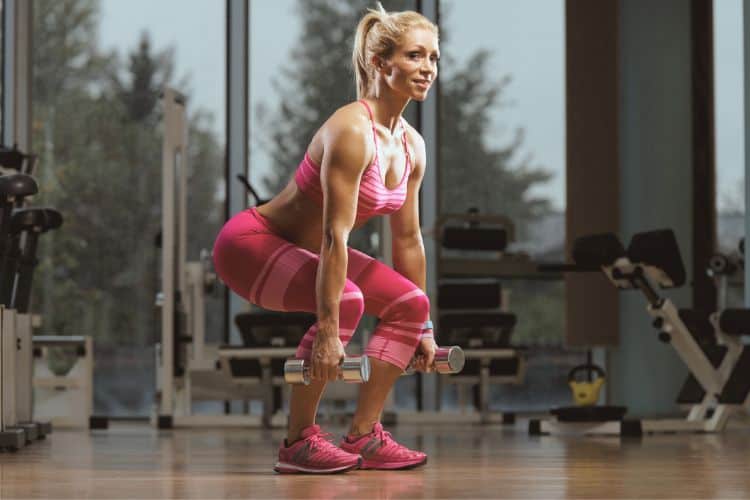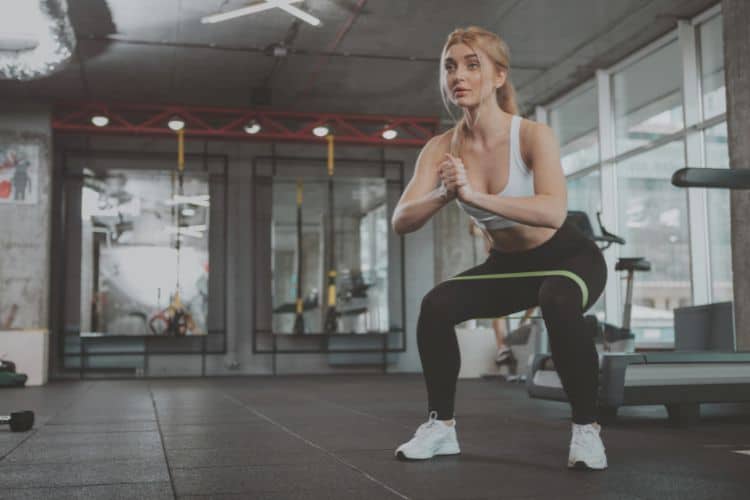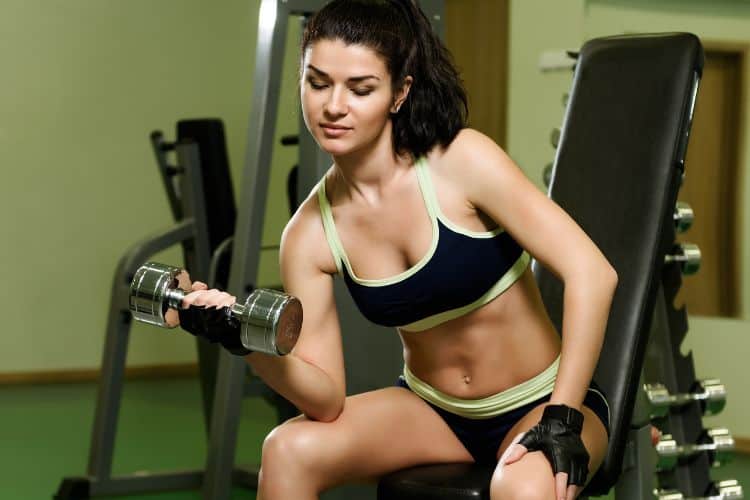Sign up for workout ideas, training advice, reviews of the latest gear and more.






Developing a strong lower body is not only about aesthetics but also about building a foundation for overall fitness. For women, a well-designed leg workout routine can offer improved muscle tone, enhanced strength, and better overall endurance. While everyone’s body is different, and there’s no single “perfect” workout, the following leg routine is balanced to target various muscle groups in the legs, ensuring a comprehensive workout.
Leg muscles are some of the largest in the body. Training them can:
Always start with a warm-up to prevent injuries and prepare the muscles:
1. Squats (3 sets of 12 repetitions)
Target: Quads, glutes, hamstrings, and lower back.
2. Lunges (3 sets of 10 repetitions each leg) Leg Workout Routine for Women
Target: Quads, glutes, and hamstrings.
3. Deadlifts (3 sets of 12 repetitions)
Target: Hamstrings, glutes, lower back, and core.
4. Bulgarian Split Squats (3 sets of 10 repetitions each leg)
Target: Quads, hamstrings, and glutes.
5. Calf Raises (3 sets of 15 repetitions) Leg Workout Routine for Women
Target: Calves.
Concluding your workout with stretching helps in muscle recovery and flexibility:
Quad Stretch: Stand on one leg, grab the other ankle, and pull it towards your glutes. Hold for 20-30 seconds each leg.
Hamstring Stretch: Sit on the ground, extend one leg out and tuck the other in so its sole touches the inner thigh of the extended leg. Lean forward towards the extended leg. Hold for 20-30 seconds.
Calf Stretch: Face a wall, extend one leg back, ensuring both toes are facing forward and heel is on the ground. Push gently forward until a stretch is felt. Hold for 20-30 seconds each leg.
One often overlooked benefit of leg workouts, particularly for women, is their positive impact on bone density. As women age, they become more susceptible to conditions like osteoporosis. Weight-bearing exercises, like the ones in our routine, can counteract this decline by enhancing bone strength.
Moreover, the leg muscles play a pivotal role in daily functional movements – from simple actions like standing up from a chair, climbing stairs, to more complex tasks like lifting or carrying heavy objects. A strong lower body ensures that these activities remain within reach as we age, promoting longevity and independence.
As you progress, your body may become accustomed to the basic routine, necessitating some adjustments to continue seeing results.
Plyometrics: Incorporate jumps to turn the routine into a high-intensity workout. For instance, jump squats can replace traditional squats.
Weight Variations: Gradually increase the weight you use for exercises like deadlifts to continually challenge your muscles.
Incorporate Bands: Resistance bands can add an extra layer of challenge. For example, when doing squats or lunges, placing a band around your thighs will engage your glutes and outer thighs more.
While a leg-focused workout is crucial, it’s equally vital to incorporate cross-training into your regimen. Engaging in cardiovascular exercises like running, cycling, or swimming can boost endurance and burn calories. These activities further support leg muscle definition and cardiovascular health. Furthermore, integrating yoga or pilates can enhance flexibility and balance, complementing the strength training aspects of your routine.
Overtraining: One common misconception is that training every day will yield quicker results. Overtraining can lead to injuries and hinder recovery. Allow at least 48 hours between intense leg workouts for adequate recovery.
Neglecting Muscle Groups: While quads and glutes are dominant muscles, it’s essential to work the hamstrings, calves, and inner thighs equally. Ensure your routine is balanced to avoid muscle imbalances.
Avoiding Weight Training: Some women fear that lifting heavy will make them “bulky.” In reality, weight training combined with proper nutrition will result in a toned and sculpted appearance. Women naturally have lower testosterone levels than men, making it hard to develop overly large muscles.
No workout routine is complete without addressing nutrition. Protein plays a crucial role in muscle repair and growth. Ensure you’re consuming an adequate amount of protein from sources like lean meats, fish, eggs, legumes, and dairy.
Hydration is another key component. Drinking sufficient water supports muscle function and recovery. Post-workout, consider a blend of protein and carbohydrates to refuel and support muscle recovery. For example, a smoothie with banana, protein powder, and almond milk can be an excellent choice.
To stay motivated and assess your progress:
Set Clear Goals: Whether it’s achieving a particular aesthetic, lifting a specific weight, or improving endurance, having clear objectives can keep you focused.
Track Progress: Use a journal or fitness app. Noting down weights used, repetitions, and sets can provide a clear picture of your growth over time.
Celebrate Milestones: Each time you achieve a goal, take a moment to celebrate. This can be as simple as treating yourself to a spa day or buying new workout gear.
In Summary
A comprehensive leg workout routine for women extends beyond just aesthetics. It’s about building a foundation for long-term health, functional movement, and overall well-being. By incorporating the right exercises, adding variations, focusing on nutrition, and avoiding common pitfalls, women can achieve a strong, toned, and healthy lower body. Coupled with dedication and consistency, the benefits of such a routine will manifest in every stride taken in daily life.
Stay up to date on the latest women’s health, fitness and lifestyle trends and tips.